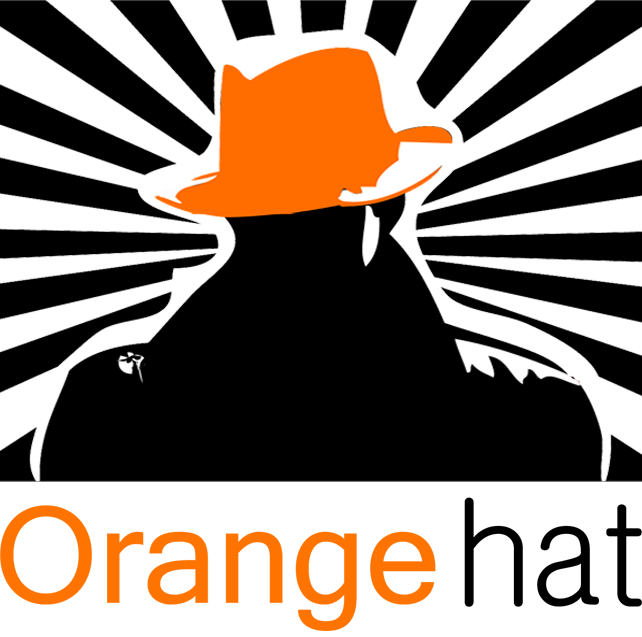The all important SEO terms and definitions.
Have you ever been looking into SEO and come across some words or terms that just left you baffled? I spent a good hour thinking up common terms searching for the exact meanings, so here you go, a comprehensive list of SEO terms and definitions.
SEO – Search Engine Optimization; The process of configuring Web content in order to gain the highest potential rankings for a given search engine.
SEM – The paid process of promoting websites by way of advertising on search engines. As opposed to SEO, which is trying to optimize your site to get “free” traffic in what are called the “organic rankings”
Search Engine -A program for the retrieval of data, files, or documents from a database or network, esp. the Internet.
Search Algorithm – an algorithm for finding an item with specified properties among a collection of items. Google’s has a highly secretive program used to scan and rank pages based on content. According to Google, each page is considered on over 200 factors to determine its value in response to the particular search in question.
SERP -A Search Engine Results Page, is the listing of web pages returned by a search engine in response to a keyword query. The results normally include a list of web pages with titles, a link to the page, and a short description showing where the keywords have matched content within the page.
Content – The things that are held or included in something. All of the pictures, articles, blog posts, advertising, etc included on a web site
PageRank – A link analysis algorithm, named after Larry Page, used by the Google Internet search engine that a assigns a numerical weighting to each element of a hyper-linked
 set of documents, such as the World Wide Web, with the purpose of “measuring” its relative importance within the set
set of documents, such as the World Wide Web, with the purpose of “measuring” its relative importance within the set
Title Tag – An HTML element is an individual component of an HTML document. HTML documents are composed of a tree of HTML elements and other nodes, such as text nodes. Each element can have attributes specified. Elements can also have content, including other elements and text
Meta Tags – HTML or XHTML elements used to provide structured metadata about a Web page. Such elements must be placed as tags in the head section of an HTML or XHTML document.
Backlink – incoming links to a website or web page. Inbound links were originally important (prior to the emergence of search engines) as a primary means of web navigation; today their significance lies in search engine optimization (SEO).
Keyword Density – Keyword density is the percentage of times a keyword or phrase appears on a web page compared to the total number of words on the page.
Keyword Stuffing – Where a keyword or phrase is used excessively in page content or alt tags in an attempt to gain higher rankings. Can result in page penalties or bans.
Web Crawler – a computer program that browses the World Wide Web in a methodical, automated manner or in an orderly fashion. Other terms for Web crawlers are ants, automatic indexers, bots, or Web spiders, Web robots, or—especially in the FOAF community—Web scutters
Robots.txt – A file in the root directory of a website which has been created to direct the activity of search engine crawlers or spiders.
Linkbait -Link bait is any content or feature, within a website, designed specifically to gain attention or encourage others to link to the website. Matt Cutts defines link bait as anything “interesting enough to catch people’s attention
Link Farm – a group of web sites that all hyperlink to every other site in the group. Although some link farms can be created by hand, most are created through automated programs and services
Anchor text – The link label or link title; the visible, clickable text in a hyperlink. The words contained in the anchor text can determine the ranking that the page will receive by search engines
NoFollow – A link which carries the rel=”nofollow” attribute. A link with the rel=”nofollow” attribute, will not pass juice, and does not count towards overall link authority and PageRank.
Sandbox – a separate index, the sandbox, where it places all newly discovered and penalized websites. When websites are on the sandbox, they won’t appear in the search results for normal search queries. Once Google verifies that the website is legitimate, it will move it out of the sandbox and into the main index.
Duplicate Content – Using the same content on more than one page. Aka plagiarism The practice of taking someone else’s work or ideas and passing them off as one’s own
EMD URL – Exact Match Domain; a domain name made of a long-tail keyword phrase, company name, etc. ex “www.freecreditreport.com” to rank for the phrase “free credit report”
Canonical URL – Canonicalization is a process for converting data that has more than one possible representation into a “standard” canonical representation. A canonical URL, therefore, is the standard URL for accessing a specific page within your website. For instance, the canonical version of your domain might be http://www.domain.com instead of http://domain.com.
